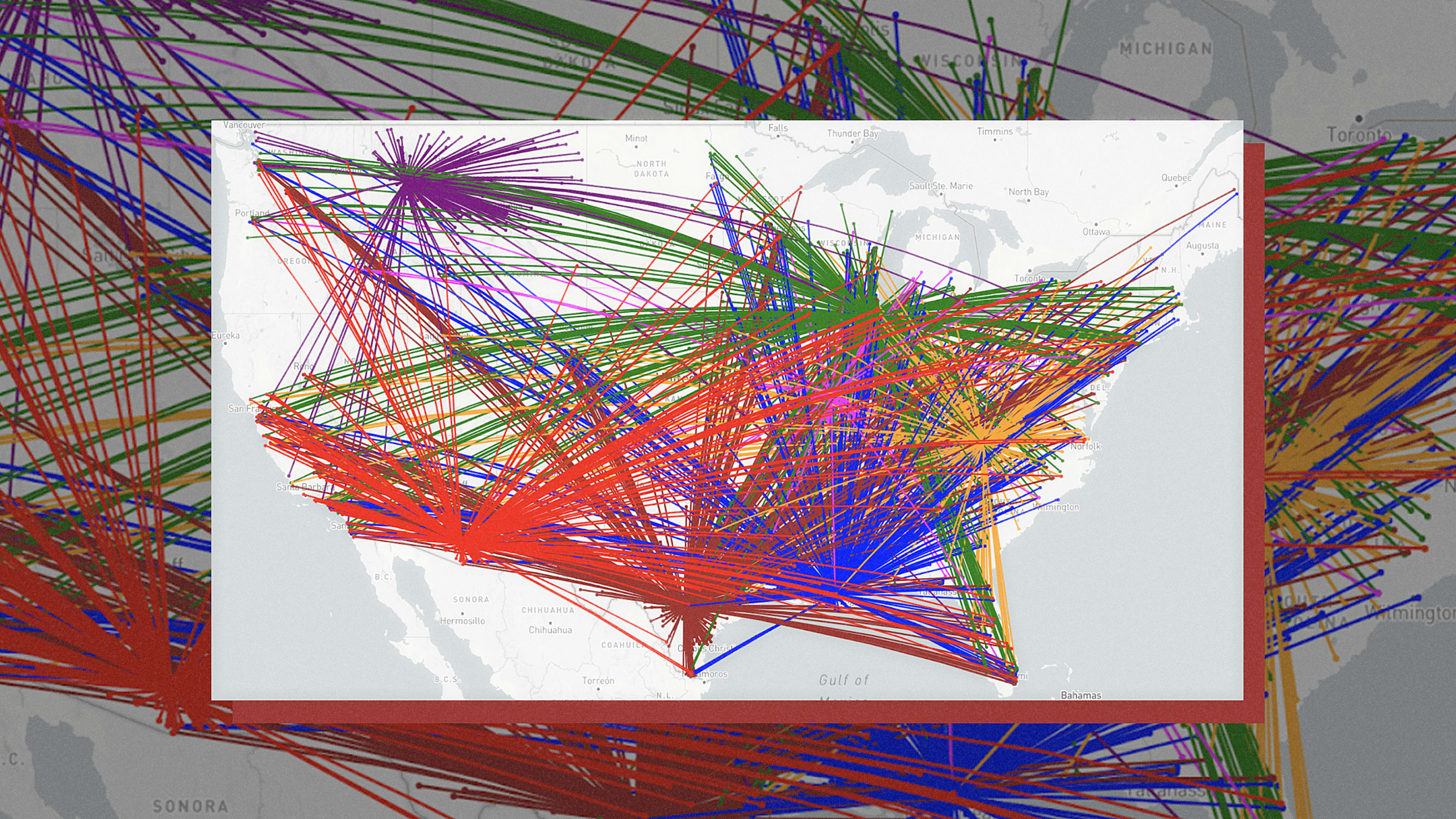Nearly two years ago, researchers from X, the experimental “moonshot factory” at Alphabet, sat down with the head of a food bank in Arizona to begin to better understand one of the conundrums of hunger in the U.S.: As much as 40% of the food supply is wasted, but millions of Americans don’t have enough to eat. During the pandemic, the situation has gotten worse: one in eight adults in the U.S. now say that they’re food insecure.
One part of the challenge is logistical. “We probably have two to four times as much food as we need in the world, but we’re not doing a very good job of distributing it to people who really need it,” says Emily Ma, the leader of the X team, called Project Delta, which announced today that two early tools it developed will be moving to Google to be fully built.
[Image: courtesy X]The team met with people working across every aspect of the food system—chefs, farmers, grocery stores—but drew particular inspiration from Dana Yost, the COO of the Community Food Bank of Southern Arizona, who helped create the Southwest Produce Cooperative, a group that manually routes truckloads of excess food from Port of Nogales, a busy border crossing between the U.S. and Mexico, to food pantries every day.
The people leading the SWP are “already cash strapped and are already working long hours, and they were doing all these calculations in their head in terms of where to allocate these lots of food,” says Ma. “When we sat down, we’re like, ‘Dana, we think we’re doing literally a billion calculations in your head every day to move these dozens of truckloads every day.’ And he’s like, ‘Oh, that’s why I’m so tired.'” There’s no simple way for food suppliers to let food banks know what they have available, or for food banks or pantries to communicate what they need.

Another tool uses computer vision and machine learning to identify food as it’s being thrown out so that a restaurant or supermarket deli can better plan future buying decisions to reduce waste: If you’re throwing out a lot of onions every week, the software will alert you so you can stop buying as many. It’s similar to technology that Google has been using in its own cafes, but because it works automatically, can more easily scale up. Eventually, similar technology could also be used to identify surplus food available for donations, so that information doesn’t have to entered manually. “What we’re looking to do is, in the automating of this, actually make food much more accessible to everyone,” says Ma.
“I believe that in the next 10 to 30 years, it is possible to actually almost perfectly match supply and demand,” she says. There will always likely be some surplus food, since unless food is grown indoors, it’s impossible to dictate the weather. “We’re always going to end up with surplus somewhere along the supply chain. We can get drastically better, 10x better, in moving that surplus, knowing what condition it is in, to the people who need it.”
Recognize your brand’s excellence by applying to this year’s Brands That Matter Awards before the early-rate deadline, May 3.
